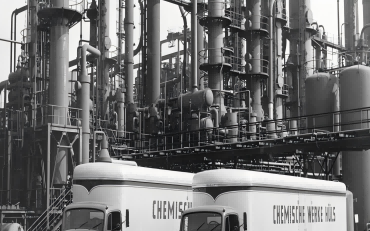Chemical tanker prices rise as much as 75% since 2020 on lack of liquidity – expert
Chemicals tanker prices have risen globally 30-75% in the past four years on a lack of liquidity, an expert at Chile-headquartered chemicals bulk operator Ultratank said on Tuesday.
Before the pandemic, those prices stood at around $26 million.
Dummer was speaking at an event about logistics organized by the Latin American Petrochemical and Chemical Association (APLA).
The analyst said the higher costs for chemical tankers could be here to stay, because chemicals market fundamentals would support in years to come strong freight markets and as long as key conflicts globally remain unresolved.
“Ship operators are facing higher costs, which will likely support higher rates, even if trading gets back to normal.”
Moreover, the analyst added that the chemical tankers fleet is ageing, which makes it a heavily pollutant sector, while international regulations from the International Maritime Organization (IMO), an UN-dependent body, are pushing the industry towards decarbonization.


